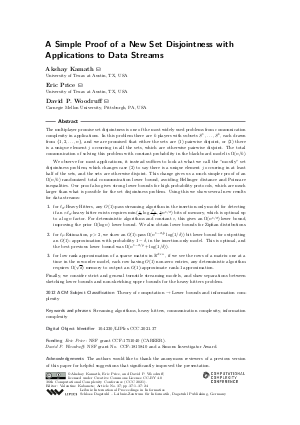LIPIcs.CCC.2021.37.pdf
- Filesize: 1.27 MB
- 24 pages

 Creative Commons Attribution 4.0 International license
Creative Commons Attribution 4.0 International license







































































Feedback for Dagstuhl Publishing